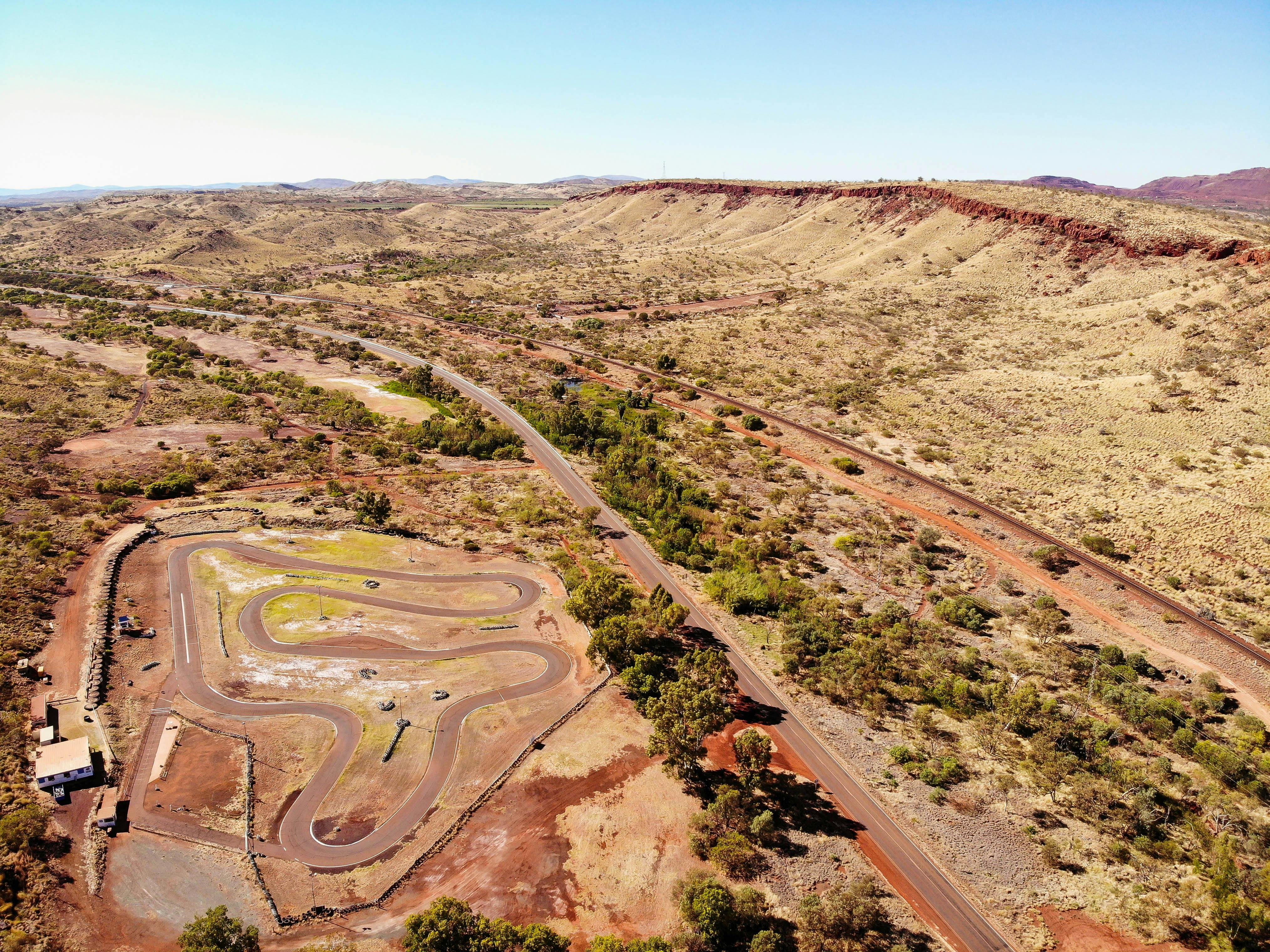Unveiling the Aesthetics and Flavors of Australian Bush Tucker
Australia is a land of exotic wildlife and breathtaking landscapes, but it is also home to a wealth of unique and tantalizing food and drink items that have been largely overlooked in the global culinary scene. This article will introduce you to the world of Australian Bush Tucker, a term used to describe the native foods and beverages that have been consumed by the indigenous people of Australia for thousands of years.

A Journey into Aboriginal Cooking Techniques
The Aboriginal people of Australia have developed a plethora of cooking techniques that utilize the resources available in their immediate environment. This includes roasting meats and vegetables in underground pits, smoking foods over open fires, and even baking breads using heated stones. These traditional methods not only cook the food, but also infuse it with a distinctive smoky flavor that is characteristic of bush tucker.
Exploring the Bounty of Native Ingredients
Australia’s diverse ecosystems are home to an abundance of edible plants and animals that form the basis of bush tucker. Kangaroo, emu, and witchetty grubs are among the meats commonly consumed, while plants such as macadamia nuts, bush tomatoes, and wattleseed are used in a variety of dishes. Each of these ingredients contributes its own unique taste and texture, resulting in a culinary experience that is truly unique to Australia.
Bush Tucker Beverages: A Whole New World of Flavors
The indigenous people of Australia have also mastered the art of creating beverages from native plants. Lemon myrtle, wattleseed, and Kakadu plum are often used to make refreshing teas, while fermented drinks are produced using native yeasts. These beverages not only quench thirst but also provide numerous health benefits, thanks to the natural antioxidants and vitamins they contain.
Innovative Bush Tucker Recipes for the Modern Palate
Contemporary Australian chefs are now taking bush tucker to new heights by integrating these traditional ingredients and techniques into modern culinary creations. Think kangaroo fillets marinated in native spices, or desserts made with wattleseed-infused chocolate. These inventive recipes not only pay homage to Australia’s rich culinary heritage, but also introduce these unique flavors to a wider audience.
Did You Know?
- Bush tomatoes, a staple in bush tucker cuisine, are not your regular tomatoes. They are small, round berries that grow in the desert and have a strong, tangy flavor.
- Witchetty grubs, a type of moth larvae, are a high-protein food source traditionally eaten by Aboriginal Australians. They can be eaten raw or cooked and have a taste similar to almonds.
- The Kakadu plum, also known as the gubinge, Billygoat plum, or murunga, is a native Australian fruit that contains the highest recorded levels of Vitamin C of any fruit in the world.
- Lemon Myrtle, used in bush tucker teas and spices, is known for its high citral content and has powerful antifungal and antimicrobial properties.
In conclusion, Australian bush tucker offers a fascinating glimpse into a culinary tradition that has endured for thousands of years. By embracing these indigenous foods and cooking methods, we can not only broaden our gastronomic horizons, but also gain a deeper appreciation for the rich cultural heritage they represent. So why not take a leap and explore the world of bush tucker? It’s a culinary adventure you won’t forget.




